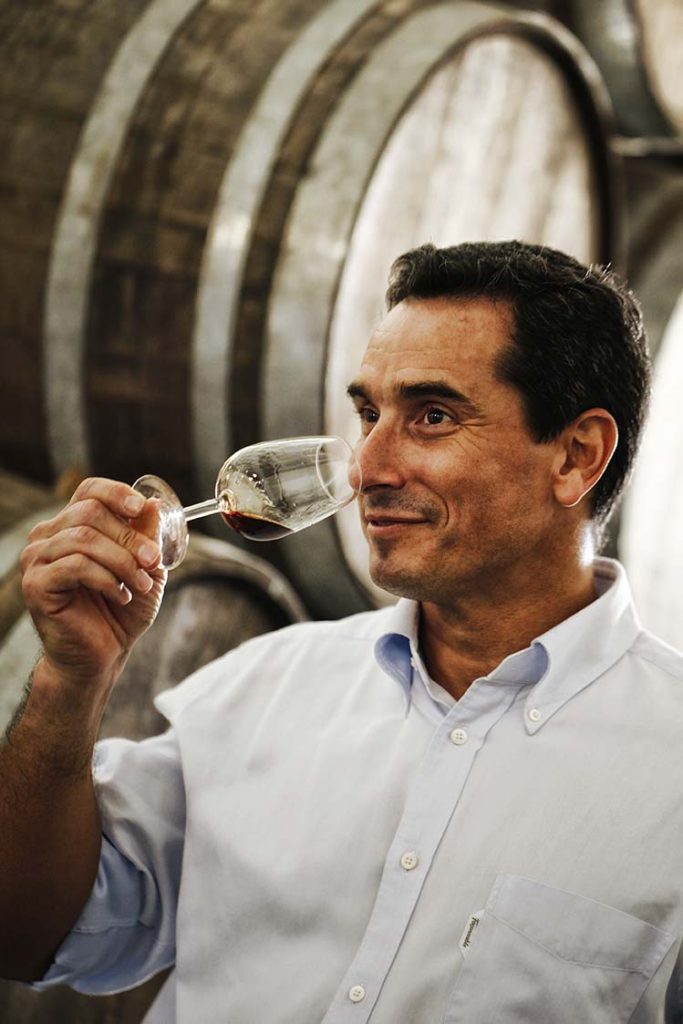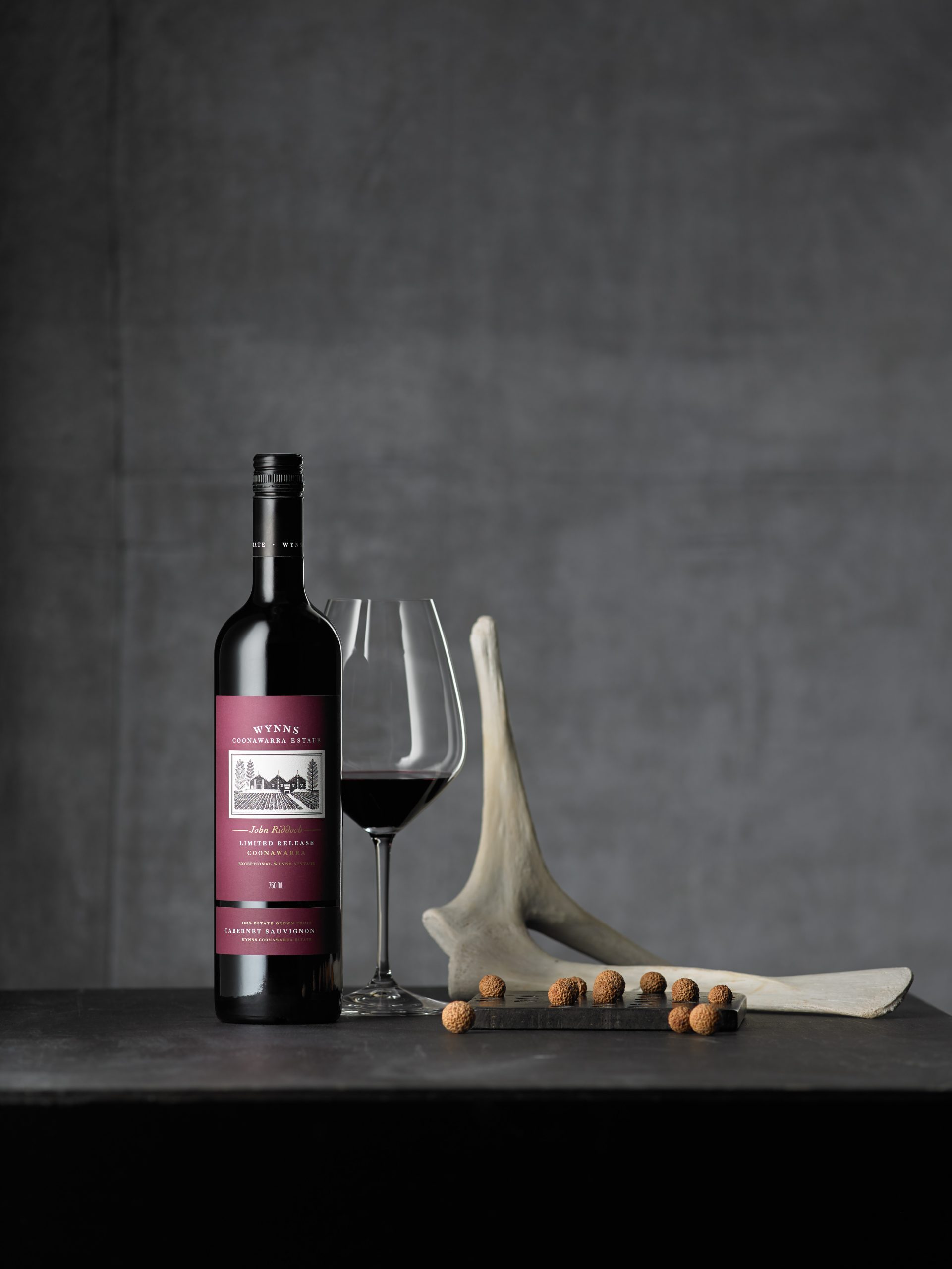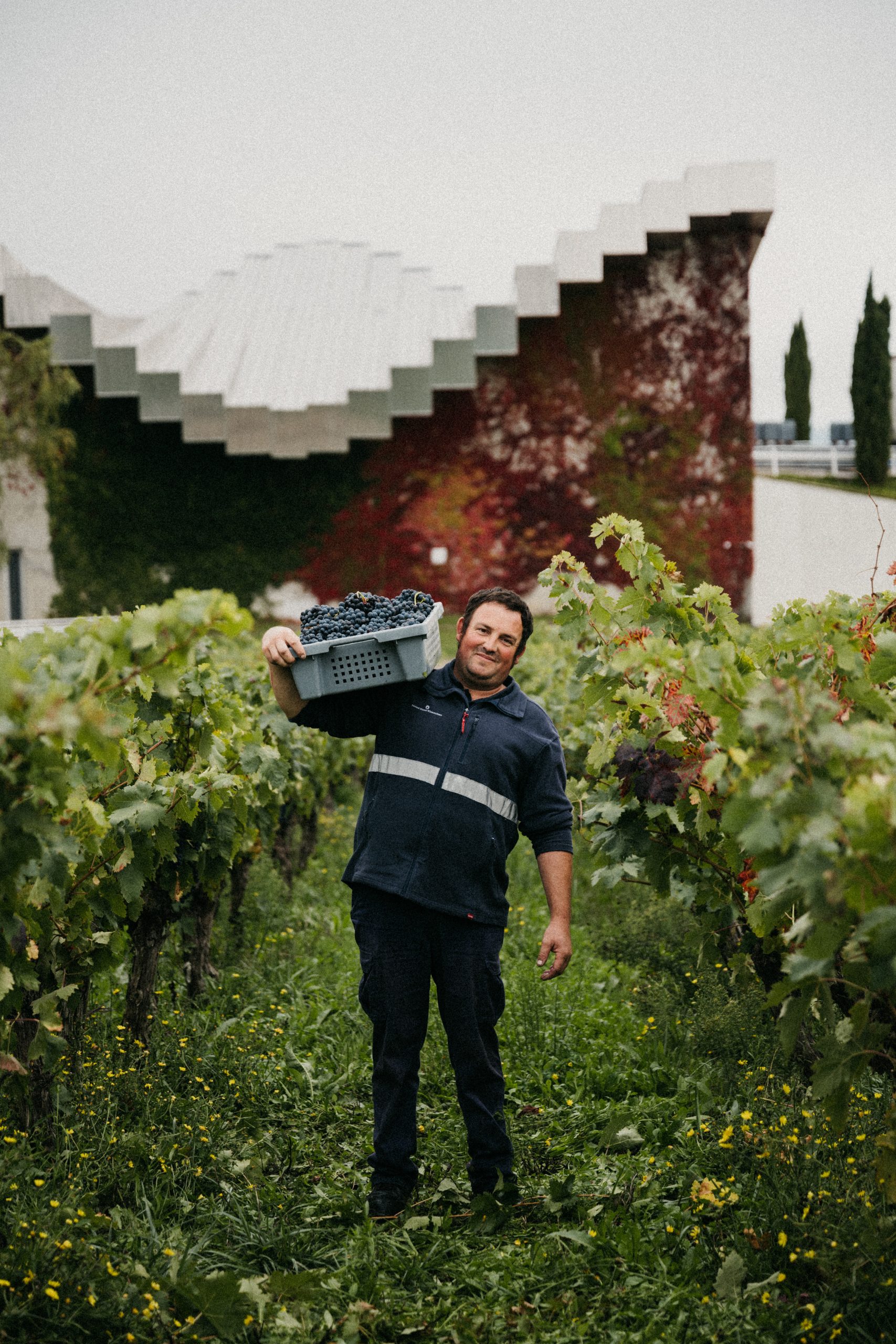Madeira: ‘Why should I choose it for my life?’
Fine Madeira is a pleasure to taste and a nightmare to get your head around – but, says the boss of Henriques & Henriques, people are beginning to get past the geeky detail and just enjoy the wines. Richard Woodard reports.

To many members of the wine trade, Madeira is a criminally undervalued joy, and the remarkable wines from this volcanic island in the Atlantic are secret treasures which one day – one day – the world will come to love and appreciate.
An hour in the company of the passionate and enthusiastic Humberto Jardím, MD of Henriques & Henriques, does little to dispel that impression. At the same time, however, you can’t help but wonder if Madeira hasn’t made life rather too complicated for itself – and for the consumer.
We have five wines in front of us: a 2001 Sercial, a 2007 Verdelho, a pair of Boals (2000, 1997) and a 2001 Malvasia. In terms of retail pricing, they’re mainly £66-78.50 a bottle; the outlier is the ’97 Boal at about £170.
Five vintage Madeiras, then. Actually, no. Four of the five – again, barring the 1997 – are single harvest or colheita wines, aged for a minimum of five years. The ’97 Boal, meanwhile, has been matured for more than 20 years, so that one qualifies to be a vintage Madeira.
Except that it isn’t. Jardím patiently explains that you can’t put the word ‘vintage’ on a bottle of Madeira, because it’s been trademarked by the Port industry (no, me neither). Instead, you can call it Garrafeira, or Frasqueira. He’s even had to cover up the v-word on some older bottles to comply with the rules.

Ok, that’s clear then. Ish. Next, it’s intriguing that there’s quite a price step between the two Boals, given that their only apparent difference is three years’ ageing. Well, not quite. The 2000 colheita has been on the market for about a decade (meaning it spent maybe 10-15 years in oak); the 1997 is brand-new for 2024.
Taste them together and the contrasts, at least, are crystal-clear. The 2000 coheita is precise, linear and driven by still vibrant fruit; the 1997 ‘vintage’ is full, rich, intense, with stewed fruit, dates and dark chocolate, plus the savoury tang of accumulated acetic acid. Both share a perfumed spice character – verging on clove on the 2000, a hefty pinch of garam masala on the 1997.
So, going back to the 2001 Sercial – an apparently super-dry but balanced wine with cut-grass aromas and acidity so piercing that it’s like a bucket of seawater in the face – is it almost as old as the 1997 Boal, or slightly younger than the 2000?
Neither. It was bottled in January 2019, but spent 16 or 17 years in wood before being transferred to tank; bottling is conducted to order.
Making wine on Madeira – the topography, the climate, the maturation regime (wood type? Dry or humid cellars? Sea-level or at altitude?) – is complicated enough. But managing the supply and availability of these colheitas, and reading the market, adds another brow-furrowing dimension.
“I try to have a good quantity of colheita – at least 5,000 litres – to increase the lifespan in the market,” explains Jardím. He turns to the 2007 Verdelho (supple, rounded, full of orange zest and tropical fruit), which he says has been a great success, but is now running out. “When I send the 2008, I know that people will say: ‘Ah, but the 2007…’
“Many times I have said to our people that we have to be careful with the colheitas because we have to have consistency. People are working so hard to sell 2007, and then suddenly it’s over.”
Partner Content

Complex, elusive and with a plethora of styles from that piercing Sercial to a luscious Malvasia that sings dark honey, dates and rummy molasses – but you get the distinct impression that Jardím still relishes the challenge.
He likens pouring a Sercial for a Madeira neophyte to handing them a plate of blue cheese, “where maybe the smell isn’t so pleasant – Sercial is like that”. But then they taste it, and pair food with it – and the game changes.
The key to great Madeira, says Jardím, is the triangle of alcohol, acidity and residual sugar. That enervating Sercial has 55g/litre of residual sugar, but you’d swear that’s a misprint when you taste it. The acetic acid on most of these wines hovers around 1g/litre, but older wines can hit 2g/litre, at which point we’re running the risk of hitting “better for your fish and chips” territory.
To add to the complications, Jardím doesn’t really have a clue about where a wine might go when he fills it into cask. “At the time of the harvest, it’s impossible for us to know,” he admits. “We can’t say at the beginning whether the wine will be a ‘vintage’. We don’t have a crystal ball.”
The long, gently oxidative process, transforming phenolic compounds and developing those wonderful tertiary, waxy flavours, is both time-consuming and highly unpredictable. “With these single year wines, if you have 10 barrels, they are all going to be different and taste different,” says Jardím. Then the blender takes over.
For those closely involved in wine, the geeky detail may be fascinating. But what about the poor bloody consumer? “In the early 2000s, people were asking questions about lots of technical information, like the stopped fermentation, what [fortifying] alcohol do you use, and so on,” says Jardím. “Then it changed and people started asking: ‘What is Madeira for? Why would I choose Madeira for my life?’”
Those questions rebound onto the Madeira shippers themselves, in terms of thoughts around consumer relevance. These single harvest wines are the tip of a considerable iceberg (the white grape varieties still only account for 20% of production, with the remaining 80% Tinta Negra).
Fine Madeira may be doing well in the US, where average bottle prices hit €13, and even – relatively – in the UK, where they’re just below €10. But what of France, where most people pay €6 or less for something they stick in the kitchen, not the drinks cabinet?
Jardím believes there is work to do in the US with the development of cocktails using younger Madeiras, and he hopes that products like Vento do Oeste – a Tinta Negra Madeira matured in ex-Bourbon casks sourced from Kentucky – can open the door to an American audience that should – in theory – be even more receptive to Madeira’s charms.
“In the US, you have to tell a story,” he says. “They want differentiation, and they want something that is artisanal – not just made in a big factory – and with a connection to a human being.”
Henriques & Henriques Madeiras are available in the UK via Mentzendoff. The 1997 Boal ‘vintage’ should be available from fine wine merchants later this year, RSP £170.
Related news
The Castel Group rocked by Succession-style family rift




